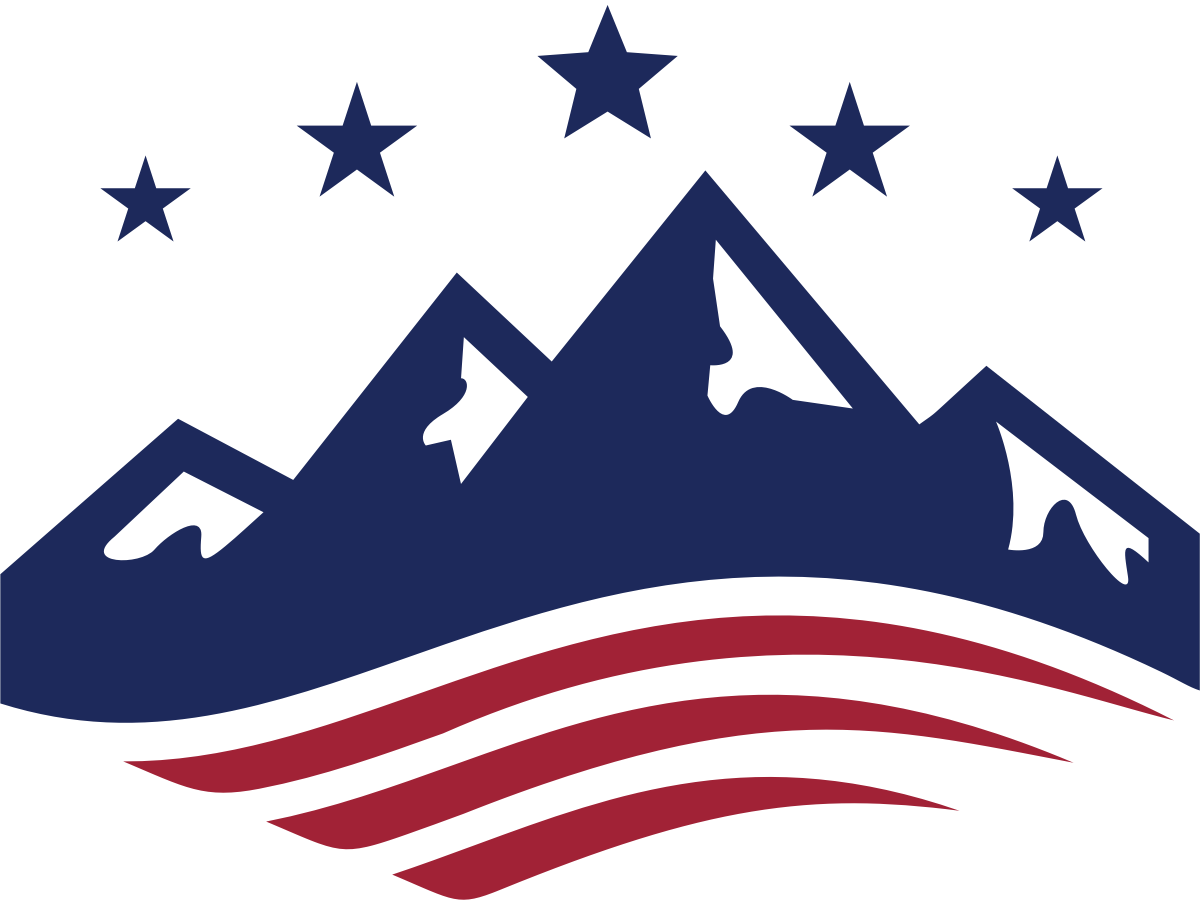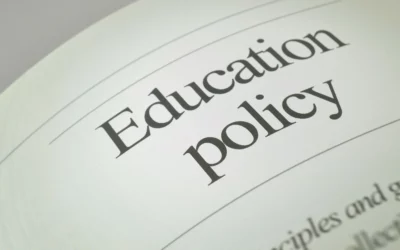April 18, 2024

Local school districts have a unique policymaking role for public schools. Being closer to families, districts can create policies that reflect local culture. They can also approve curriculum.
For those who care about curriculum transparency, looking at district-level efforts is an important piece of reform.
Utah has a total of 42 school districts, enrolling over 670,000 students in the public school system. Over 85% of K-12 students in Utah attend a school in one of these districts, which means districts are one place parents might find information about how materials are approved or what kids are learning.
The Sutherland Institute review
To evaluate how well districts are facilitating curriculum transparency, Sutherland Institute reviewed Utah school districts, with an eye toward curriculum transparency policies and availability of actual curriculum on district websites.
Included in the review was a search for elements such as the presence and ease of access to a districtwide curriculum transparency policy on its website, whether the district posted any curriculum online, the quality of any curricular content made available, how well curriculum is organized, and more.
Unfortunately, overall, the takeaway is that district-level curriculum transparency policies or actual curriculum accessibility is very limited.
Among other discoveries, we found that most (36 out of 42) districts have a curriculum transparency-related policy. However, exactly half all districts make their curriculum transparent in a user-friendly manner, with information laid out by grade and subject. Also, many curriculum pages need significant updates, since more than half (23 districts) have pages with links that that are broken either entirely or in part.
Some bright spots
Of course, there are promising findings, too. Some districts are doing certain things well. For example, Logan City School District (LCSD) has done a good job of making its curriculum easily accessible to the public. What makes a district’s curriculum transparency high quality can be based on both objective measures and subjective experience. LCSD has done both. Its curriculum is found within two clicks of the homepage, meaning most seekers could find it, since it’s not buried too deep to locate easily. The materials are also organized and listed according to elementary and secondary grades, with links that are well-labeled according to specific subjects. Further, some of the curricula are fully digital and usable versions of textbooks. LCSD’s curriculum page even includes resources beyond just the curriculum, which may help teachers looking for resources from their district.
Ogden City School District (OCSD) has posted a district policy with elements that, if implemented, would offer robust transparency measures for families. Finding the policy is easy, increasing the likelihood that the public has actual notice. According to district policy, parents should be involved in the process of selecting and approving instructional materials for districtwide use. (This has become state law as of 2023 for districts that are adopting curriculum.) Educators are required in the policy to “list the instructional materials they intend to use in the open disclosure documents provided to parents/guardians and students at the beginning of the school year.” It also mandates that educators communicate with parents or guardians about the “use of supplementary materials through open course disclosures, welcome letters, class information materials, learning management systems, student portal, etc.” Further, parents can discuss these materials with teachers and express their concerns through the policy’s “public challenge” section if they do not want that material used in the classroom. Basically, parents, students, and district personnel can “challenge the use of materials, methods, curriculum, instructional activities, and/or presentations.”
Another policy requires that schools encourage parent and family engagement, including “provid[ing] parents and families with the information needed to understand … state and local curriculum.”
Good practices to adopt right away
In short, Utah districts do not need to wait for legislation to be transparent. Many have sought to be transparent on their own. District leaders interested in this reform can do the following right away:
If a district does not have a policy, leaders can create one. If it does, they can consider whether it encourages teachers to post materials for families rather than simply offering parents a “right to review.” Going the extra mile to affirmatively post curriculum – and then proactively communicating with parents about where they can find this information – can make it easier for parents to use it and increase parental involvement and school engagement.
Districts can make sure that policies are easily accessible to the public (most importantly for parent use). For instance, placing the policy within two or three clicks from the district website’s homepage – or even better, advertising a link to the curriculum webpage on the district’s homepage – means it can be found with greatest ease. Helping users find information is a component of transparency.
Districts can create and/or update curriculum already in use on the district website. Some districts have even created a separate district curriculum website with more comprehensive information. The district can also make it easily accessible or organize it by grade or subject; it can also ensure that the curriculum pages are not broken and work properly.
Conclusion
As we seek to move toward increasing curriculum transparency in Utah K-12 schools, districts can voluntarily take steps to be more transparent.

Insights: analysis, research, and informed commentary from Sutherland experts. For elected officials and public policy professionals.

- District-level curriculum transparency policies or actual curriculum accessibility is very limited in Utah.
- Districts can make headway on curriculum transparency reform without legislation or mandates.
- Administrators at the district level can increase curriculum transparency by creating a policy, making it accessible, and posting curriculum in organized and helpful ways.
Read More
Looking at Supreme Court and religious freedom through the lens of the presidential campaign
Two constitutional issues highlight similarities and differences between the Biden and Trump administrations.
Education policy to consider during the 2024 election season
Here’s a look at what each presidential candidate is likely to focus on in education, given their track records and campaign platforms.
Ignoring the text of the Constitution is a mistake
A written Constitution is entirely superfluous if the document is simply meant to give the people what they want.



